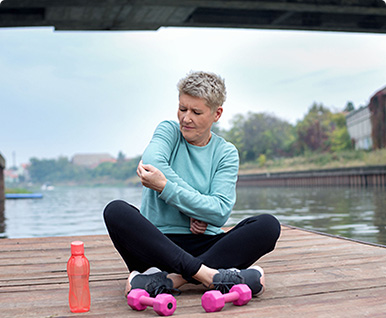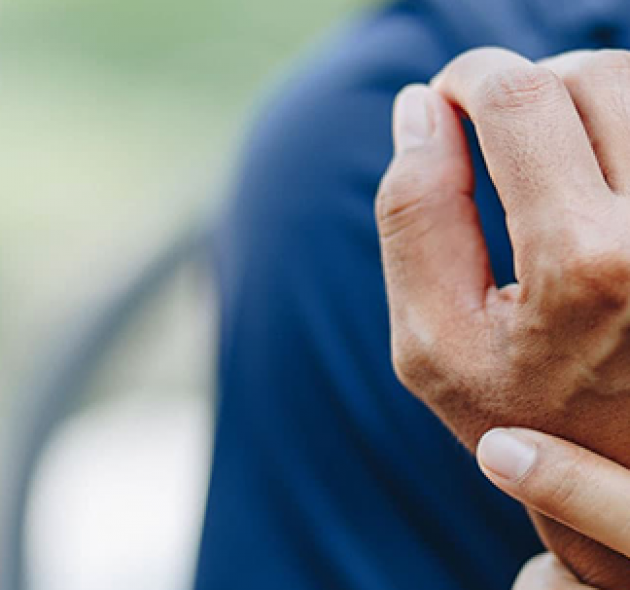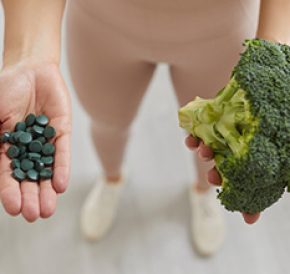Lorem ipsum dolor sit amet, consectetur adipiscing elit. Sed molestie tristique facilisis. Integer pretium nec diam a faucibus. Vivamus lacinia et nulla
Welcome to Arthritis Cure
Here you will find valuable information and everything you need to know about arthritis – including the optimal treatment, the right diet and the most effective nutrients.
What Is Arthritis?
-
 Symptoms
Symptoms -
 Causes
Causes -
 Types of Arthritis
Types of Arthritis -
 Progressive Forms
Progressive Forms

Symptoms
When the joints wear out, the first symptom is discomfort on exertion. As the disease progresses these symptoms become more frequent, even during everyday activities. Morning stiffness and so-called start-up pain are typical of arthritis. These pains occur with the first movements after rest. After taking a few steps the pain subsides.
Night-time pain and related sleep disturbances occur as the disease progresses, with painful and painless phases alternating over a long period of time. Gradually, an excruciating continuous pain develops. The symptoms often worsen in cold and damp weather conditions and during physical exertion.
Causes
Severe stress due to hard work, excessive sport, high body weight, environmental factors, heredity, but also metabolic disorders such as gout or diabetes: all these factors may contribute to the development of arthritis and play a role in its development or its severity. Joint injuries can be a cause too, because even the smallest injuries can damage the cartilage and lead to the disease, which is common in about one third of all cases. Above all, however, the development of arthritis is triggered by acute or chronic inflammations of the joint. Depending on the cause, a distinction is made between two forms: primary arthritis and secondary arthritis.
Primary arthritis
This form of arthritis is mainly due to genetic causes or hereditary predisposition and often starts from the age of 45. Even years of light sport or housework can cause this type of arthritis, which does not occur in people without genetic predisposition when they carry out similar activities.
Secondary arthritis
Contrary to to primary arthritis, in secondary arthritis it is possible to identify certain factors that adversely affect or cause joint wear, for example lifestyle, overweight, unfavourable posture, congenital deformities such as knock knees, bow legs or hip dysplasia, heavy physical work or constant stress. All these factors can be responsible for the development of this form of arthritis. Certain sports such as excessive jogging and some extreme sports can also lead to joint inflammation and ultimately to cartilage breakdown. Although secondary arthritis can affect anyone, it also gives those affected the opportunity to take protective measures against the disease, for example by reducing their body weight and adopting a healthier lifestyle.
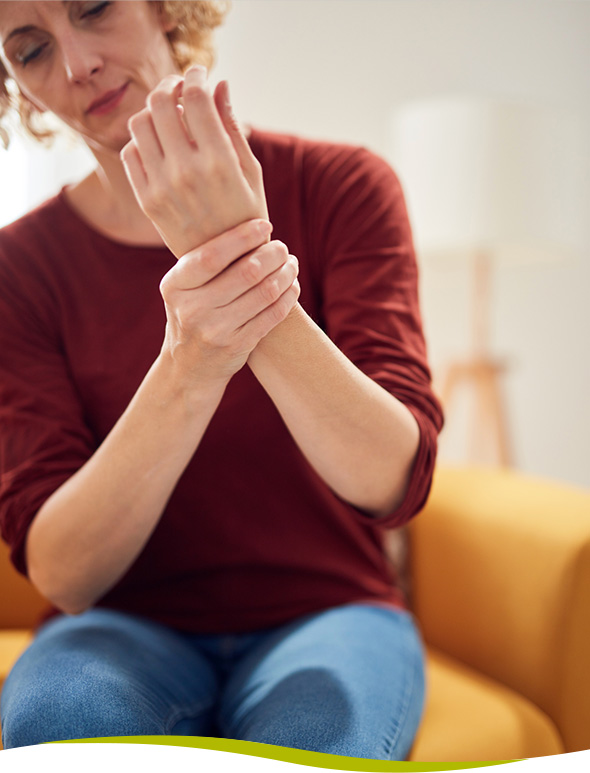

Types of osteoarthritis
- Knee joint osteoarthritis
- Hip joint osteoarthritis
- Metacarpus and wrist osteoarthritis
- Finger osteoarthritis
- Shoulder osteoarthritis
- Vertebral joint osteoarthritis
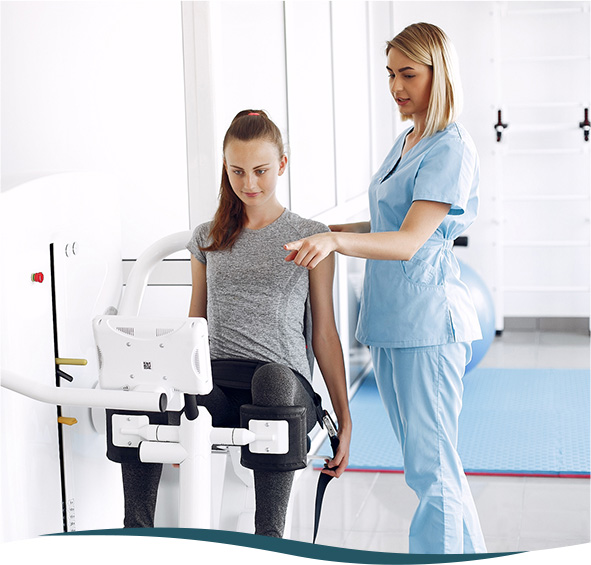
Progressive forms
In latent arthritis, those affected have no complaints, inflammations cannot be detected and any changes to the cartilage can only be seen through X-rays. The symptoms of dormant arthritis are a little different: mobility is increasingly reduced, with feelings of tension in the joint as the inflammation slowly progresses and the joint capsule slowly stretches. Grinding and rubbing noises in the joint may also occur. The pain often only appears in response to changes in the weather.
In this phase, the joint is already severely inflamed, the joint space is stretched and the cartilage surfaces are damaged several times, which causes a number of complaints, such as swelling and overheating of the joint, with redness also possible. Even at rest, it is possible to feel intense joint pain because the joint capsule is severely stretched, which leads to persistent pain.
As the disease progresses, the range of motion reduces significantly. In this stage of the disease, the problem affects the entire joint apparatus. In addition, the joints become unstable. The cartilage damage is very advanced here, so that the bones are partially exposed, rubbing against each other and causing constant pain. This results in an increasing incorrect load distribution on the joint, which leads to an intensification of the arthritis.
In this phase, there are severe deformations of the affected joints. Bony nodules can appear at the former cartilage edges. These bony changes are extremely painful and make any movement of the affected areas almost impossible. If left untreated, this condition may also lead to the joint bones growing together, resulting in a complete loss of mobility.
Our Therapies

Conservative Treatment
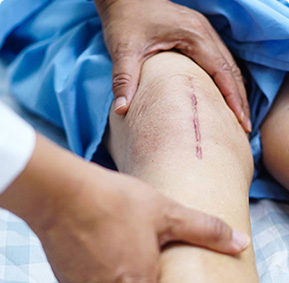
Surgical Intervention
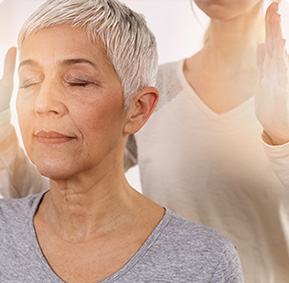
Alternative Approaches

New Insights
The 7 Pillars of Osteoarthritis Care
Intake of the most important
vital substances
Watch your weight
Balanced diet and sport activities
Luxury foods form acids
Fight depression
What you can do
Conventional drugs - only when absolutely necessary
Eat responsibly
Antioxidants against free radicals
Fatty acids against inflammation
Exercise
Recommended sports for osteoarthritis
Improve your biomechanics
Our Prevention
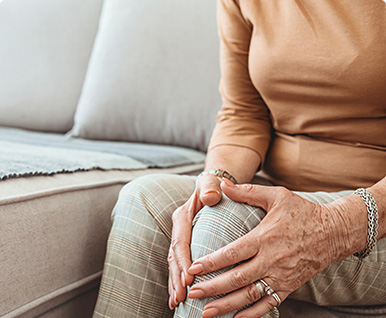
Be Active
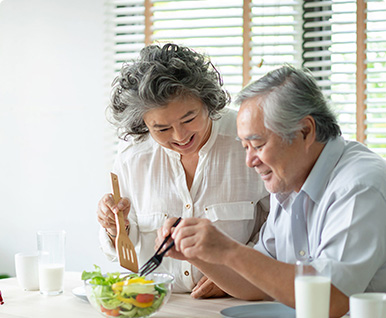
Eat Healthy
